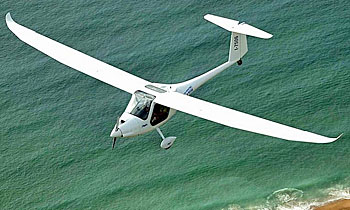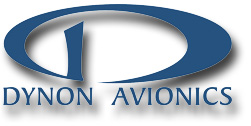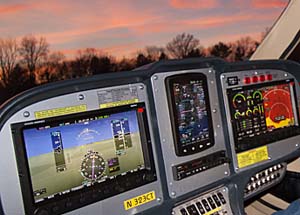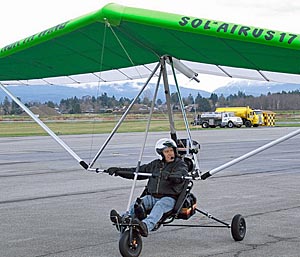
Technology and radios seem to be obvious partners, don’t they? In the old days of a few round dials to help a pilot operate his flying machine, the comm radio was perhaps the highest technology to enter the cockpit. Radios continued to improve over the years but much of the innovation was seen in the faceplate or occurred in transceiver functions. We did get digital readouts and flip-flop frequency change options, but otherwise radio have seemed rather static … frozen in time, while GPS, moving maps, EFISs, EMSs, PFDs, MFDs, and more swept past with wave after wave of innovation. Compared to Dynon’s SkyView or Garmin’s 796, radios were looking long in the tooth. Thanks to recent announcements from top LSA radio supplier, Garmin, the radio product line is changing. The ubiquitous SL30 and SL40 that kept Sport Pilots talking to control towers have been favorite panel friends to many a Sport Pilot.






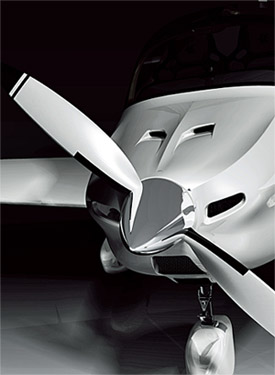



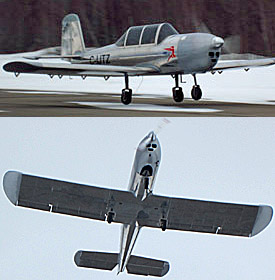





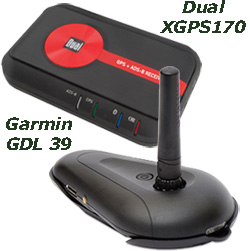

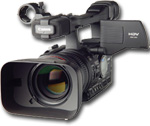

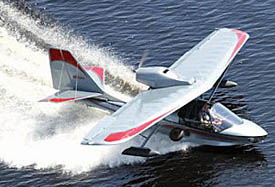
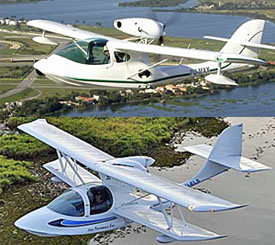








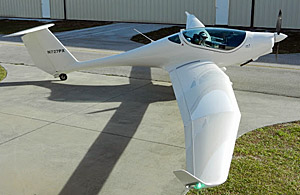
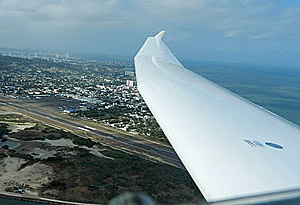
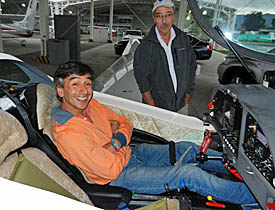


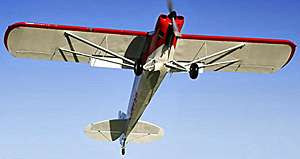






 Our annual review of LSA Market Share brings our updated fleet chart and a second chart showing prior-year registrations. While sales of new SLSA remains below par, the market appears to be experiencing spotty but regular recovery from earlier low points. The first half the year foretold a better recovery but the last half of the year stalled somewhat. Regardless, based on traffic to this website, LSA interest is higher than ever. For January 2013, ByDanJohnson.com set all-time records in Unique Visitors and all other measuring criteria Thank you for your support!
2012 Market Share report — Nearby, we present our standard market share numbers. Our original chart remains consistent, illustrating the "installed base," or "fleet size." Because we know many of you seek recent-year information we are repeating the Calendar Year chart that debuted last year.
Our annual review of LSA Market Share brings our updated fleet chart and a second chart showing prior-year registrations. While sales of new SLSA remains below par, the market appears to be experiencing spotty but regular recovery from earlier low points. The first half the year foretold a better recovery but the last half of the year stalled somewhat. Regardless, based on traffic to this website, LSA interest is higher than ever. For January 2013, ByDanJohnson.com set all-time records in Unique Visitors and all other measuring criteria Thank you for your support!
2012 Market Share report — Nearby, we present our standard market share numbers. Our original chart remains consistent, illustrating the "installed base," or "fleet size." Because we know many of you seek recent-year information we are repeating the Calendar Year chart that debuted last year.
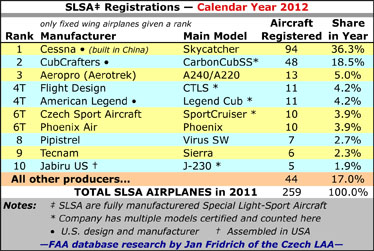 For the second year in a row
For the second year in a row  Perhaps the most noteworthy story in 2012 registrations is an even better performance by
Perhaps the most noteworthy story in 2012 registrations is an even better performance by 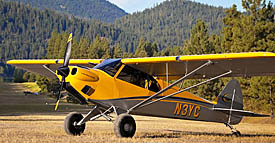 A remarkably steady climber is
A remarkably steady climber is 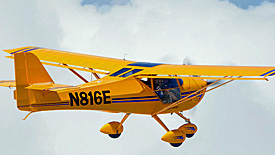 Other top guns in 2012 include perennial leaders like
Other top guns in 2012 include perennial leaders like 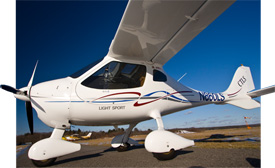 A member of the exclusive Over-100 Club listing only eight SLSA producers is
A member of the exclusive Over-100 Club listing only eight SLSA producers is 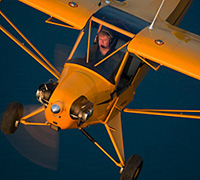 Unfortunately, one former high flyer, Remos, lost its U.S representative and has become very quiet though earlier this year, their CEO said they had recovered from the previous CEO's high-spending ways.
We are watching a few companies not on our fleet chart. One new entry to the SLSA scene is
Unfortunately, one former high flyer, Remos, lost its U.S representative and has become very quiet though earlier this year, their CEO said they had recovered from the previous CEO's high-spending ways.
We are watching a few companies not on our fleet chart. One new entry to the SLSA scene is 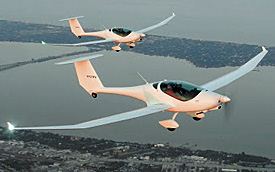 We are also watching the pulse on seaplanes lead this year by
We are also watching the pulse on seaplanes lead this year by 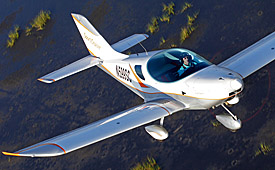 As I have said for years, a loud shout-out is owed to Jan Fridrich of the Czech LAA for the LSA Market Share report. Jan is also head of
As I have said for years, a loud shout-out is owed to Jan Fridrich of the Czech LAA for the LSA Market Share report. Jan is also head of 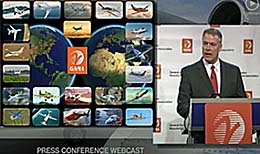 Notice: As always, we observe for you that all numbers here are derived from FAA's N-number registration database and are subject to data entry errors. Figures presented are not identical to sales recorded by the companies though over time the numbers draw closer.
UPDATE 2/13/13: GAMA held a press conference today where they released their industry numbers. Get more on GAMA
Notice: As always, we observe for you that all numbers here are derived from FAA's N-number registration database and are subject to data entry errors. Figures presented are not identical to sales recorded by the companies though over time the numbers draw closer.
UPDATE 2/13/13: GAMA held a press conference today where they released their industry numbers. Get more on GAMA 
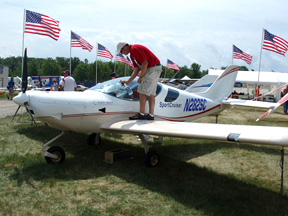






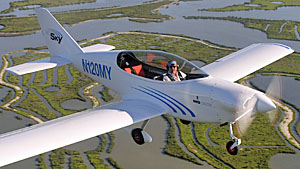
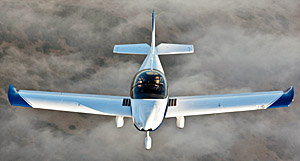

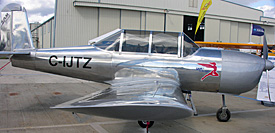










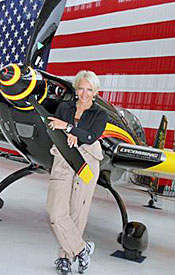









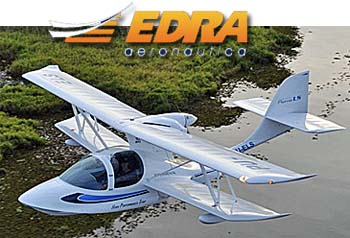





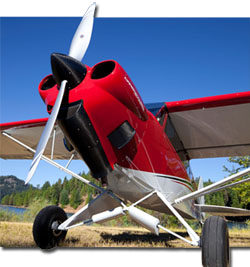


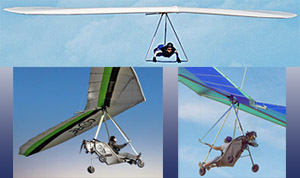


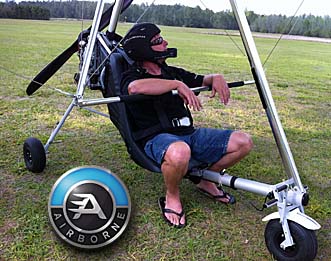 Sometimes you're in the right place at the right time. Well, OK, I'm biased but I think pretty much any time at
Sometimes you're in the right place at the right time. Well, OK, I'm biased but I think pretty much any time at  Wallaby customers compose the perfect crowd for introducing a lightweight trike that can be flown for soaring fun.
Wallaby customers compose the perfect crowd for introducing a lightweight trike that can be flown for soaring fun. 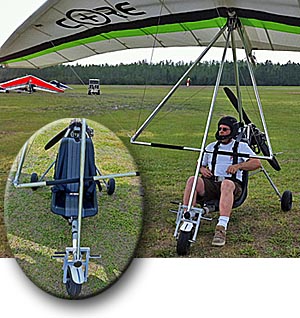 On my visit to Wallaby today, I got a chance to take a flight in the Thermalite/Core. What a sweet little machine! Even without hearing protection and at full throttle noise is modest. Engine shut down and restart is simple. Climb isn't fast but more than sufficient. Handling on the Core wing was light and effective, a one-handed flyer if conditions permit. Both wing and trike carriage fold up for transport by pickup or trailer and since it weighs only 238 pounds empty (well under the Part 103 weight limit of 254 pounds), Thermalite won't be too much to handle.
Seek out Airborne at Sun 'n Fun to get more info, but here's a few extra tidbits from my early screening. Thermalite will cost $18,300 plus shipping making a U.S. total of just under $20,000. That is a complete price with four-stroke engine, electric start, and a ready-to-fly weight shift trike. Thermalite carries just three gallons of gasoline yet several folks flew the machine throughout the day on a single tank. I took off with a gallon and a half on board and couldn't tell I used any on landing (which I did engine off). Can you tell I enjoyed Thermalite?
On my visit to Wallaby today, I got a chance to take a flight in the Thermalite/Core. What a sweet little machine! Even without hearing protection and at full throttle noise is modest. Engine shut down and restart is simple. Climb isn't fast but more than sufficient. Handling on the Core wing was light and effective, a one-handed flyer if conditions permit. Both wing and trike carriage fold up for transport by pickup or trailer and since it weighs only 238 pounds empty (well under the Part 103 weight limit of 254 pounds), Thermalite won't be too much to handle.
Seek out Airborne at Sun 'n Fun to get more info, but here's a few extra tidbits from my early screening. Thermalite will cost $18,300 plus shipping making a U.S. total of just under $20,000. That is a complete price with four-stroke engine, electric start, and a ready-to-fly weight shift trike. Thermalite carries just three gallons of gasoline yet several folks flew the machine throughout the day on a single tank. I took off with a gallon and a half on board and couldn't tell I used any on landing (which I did engine off). Can you tell I enjoyed Thermalite?
